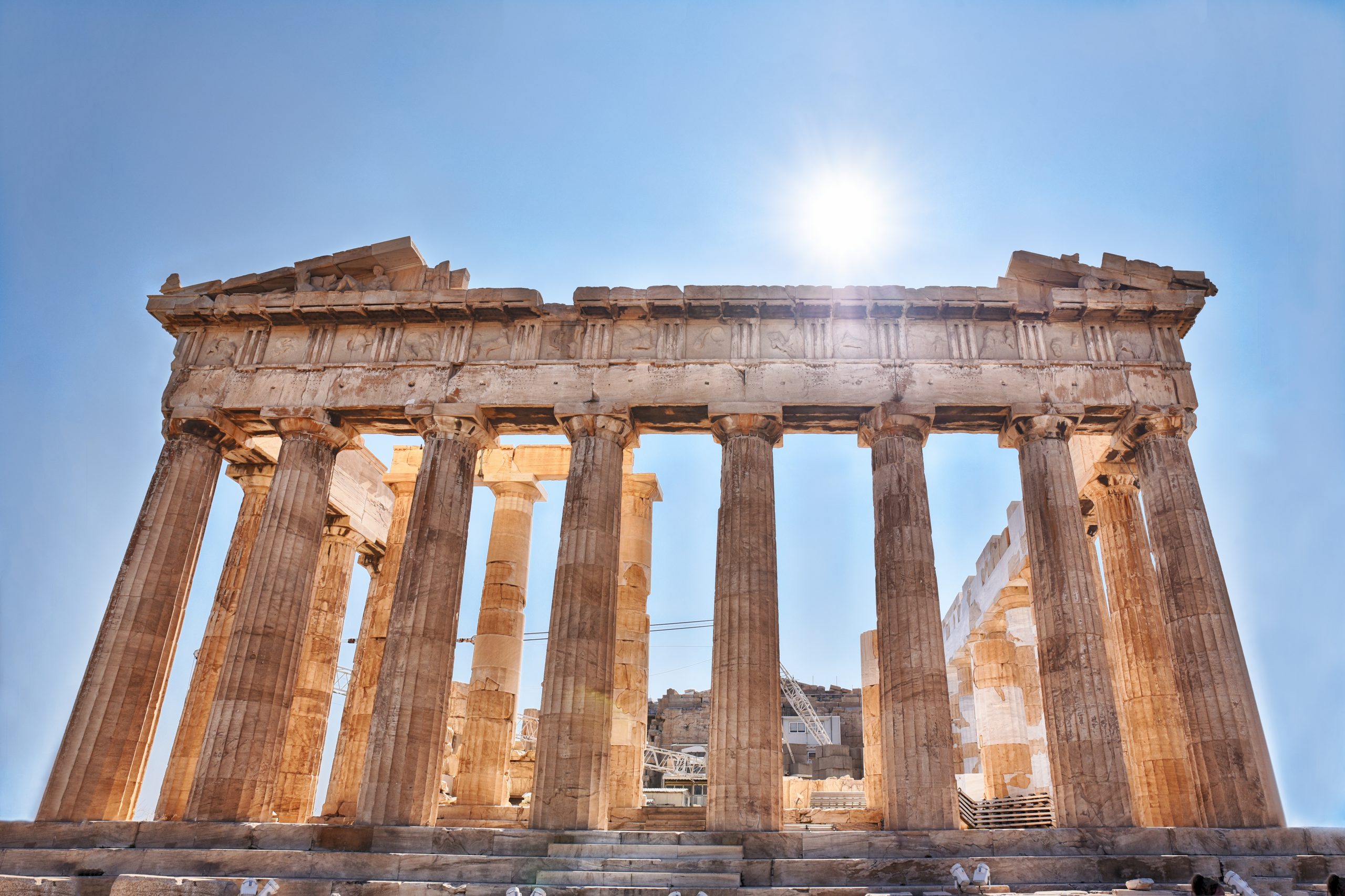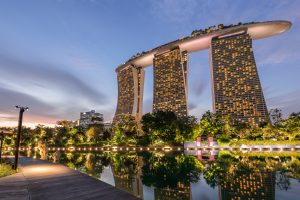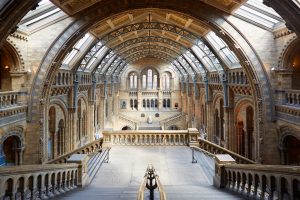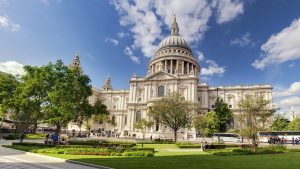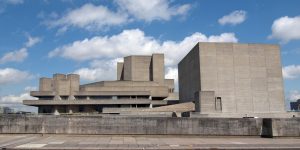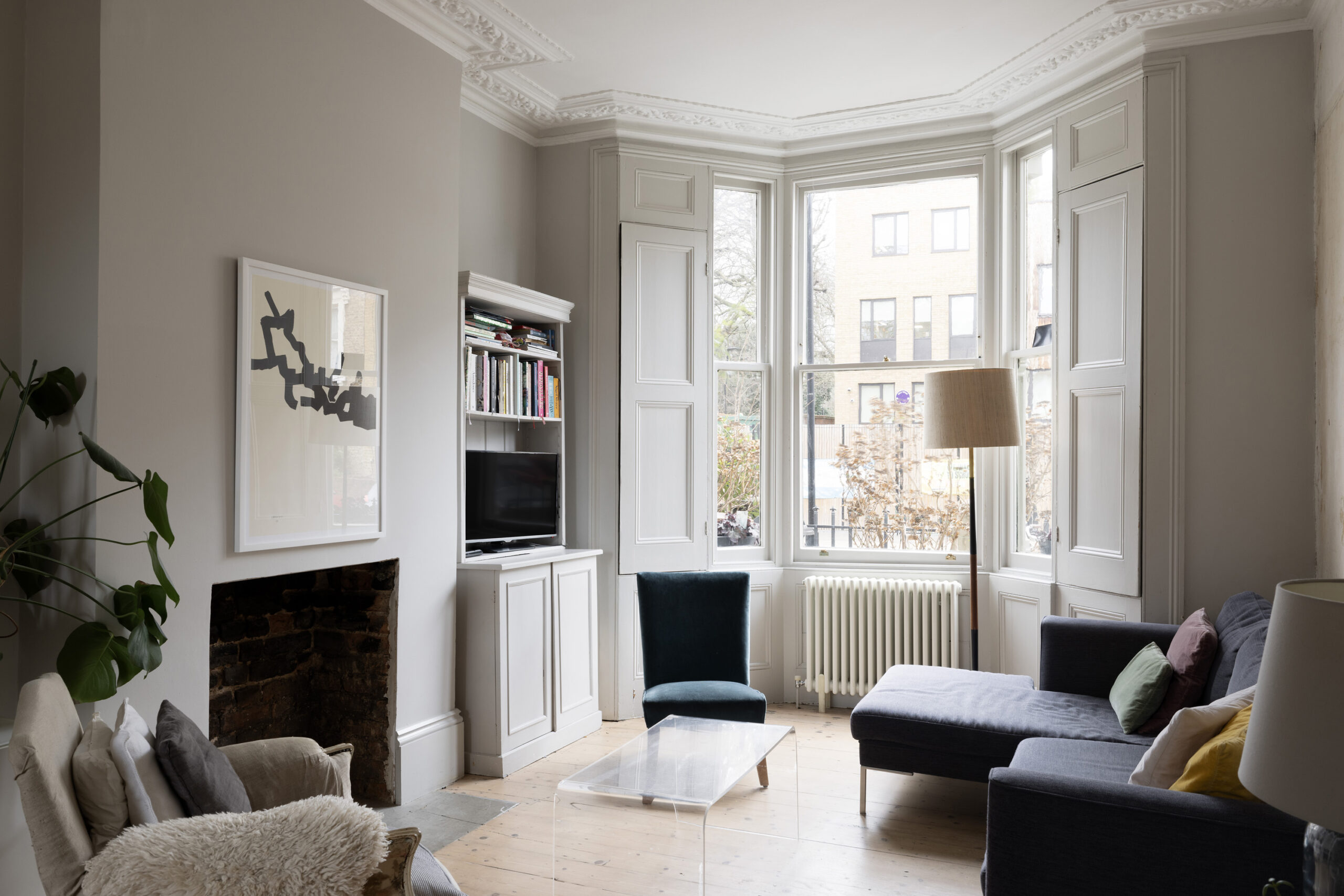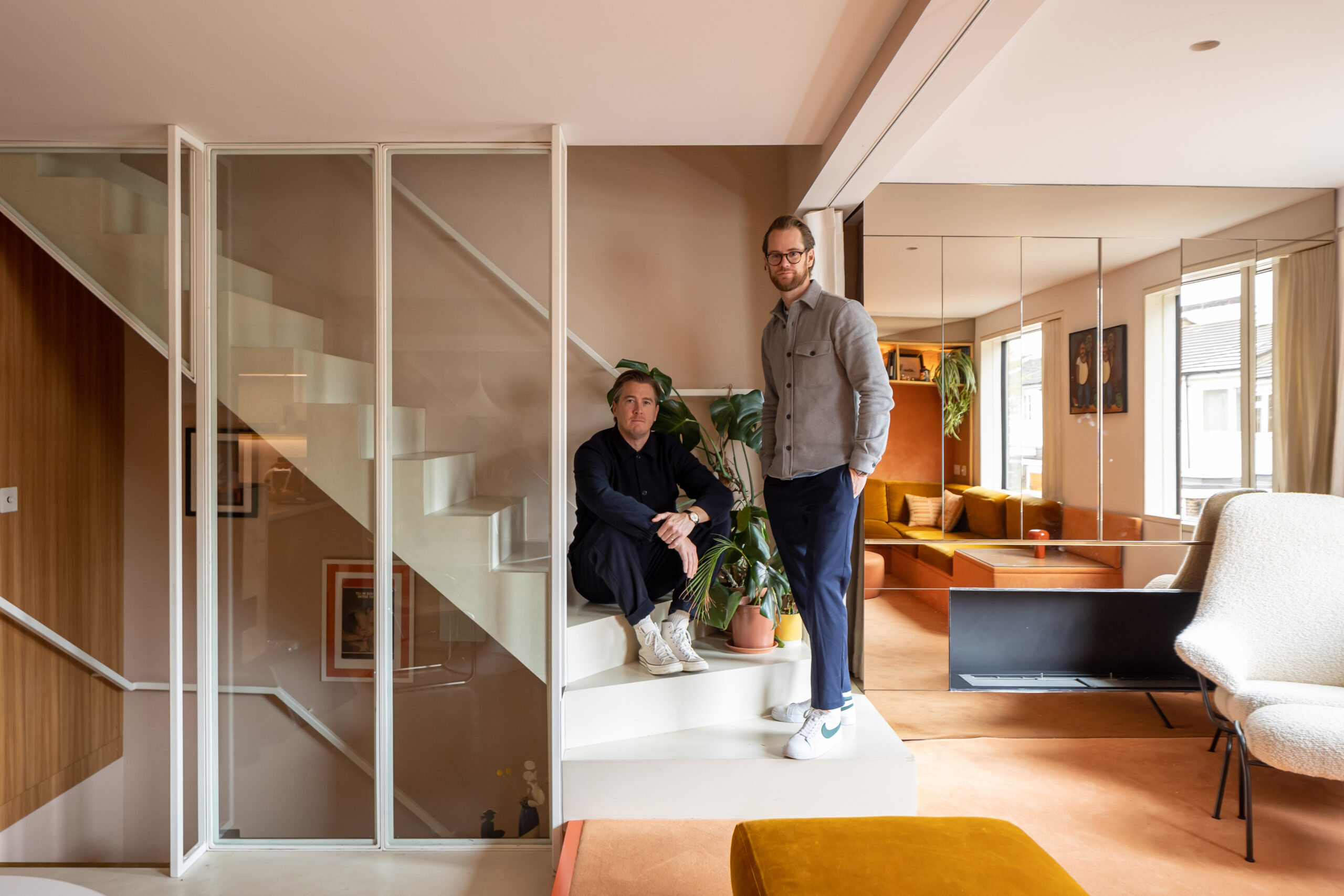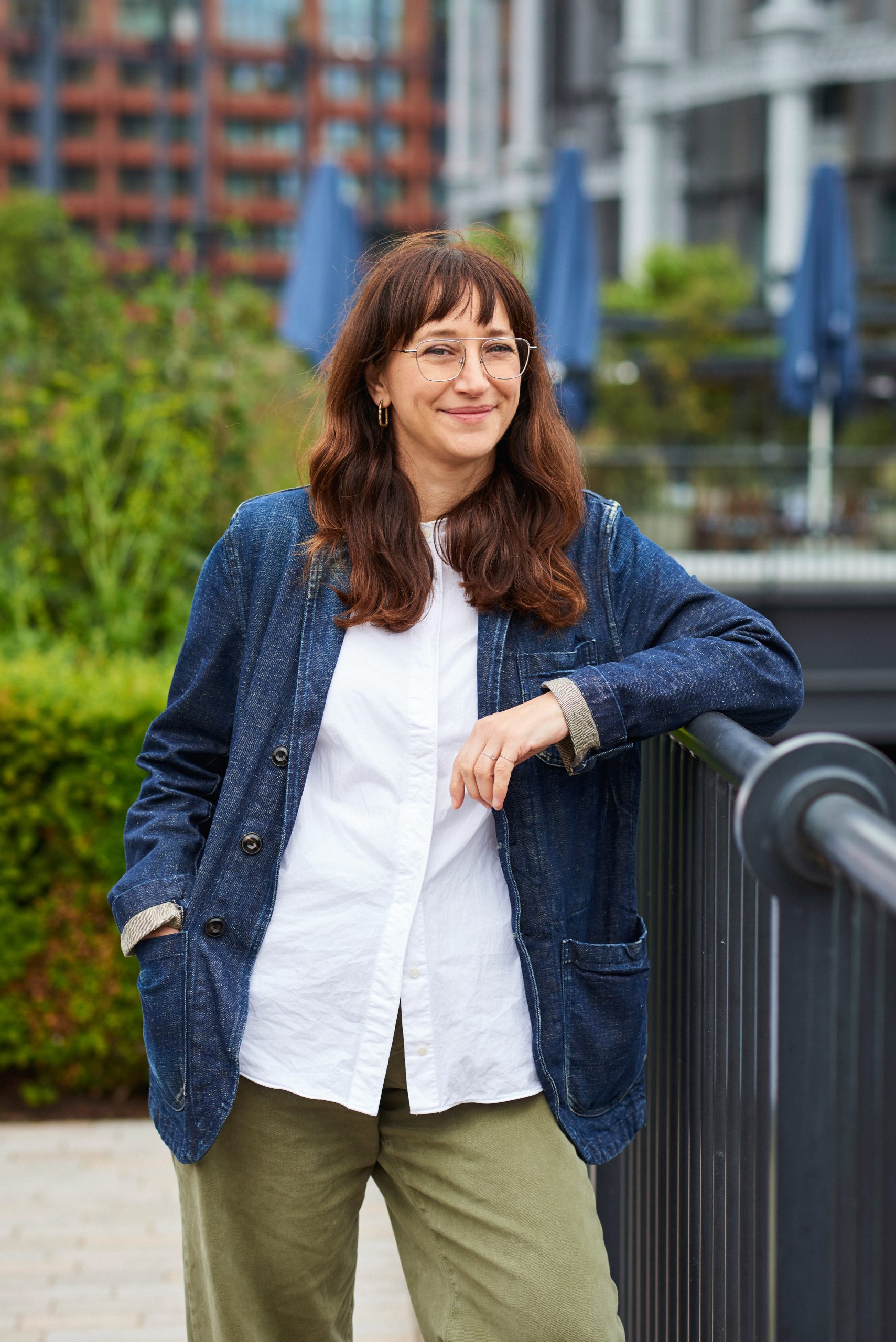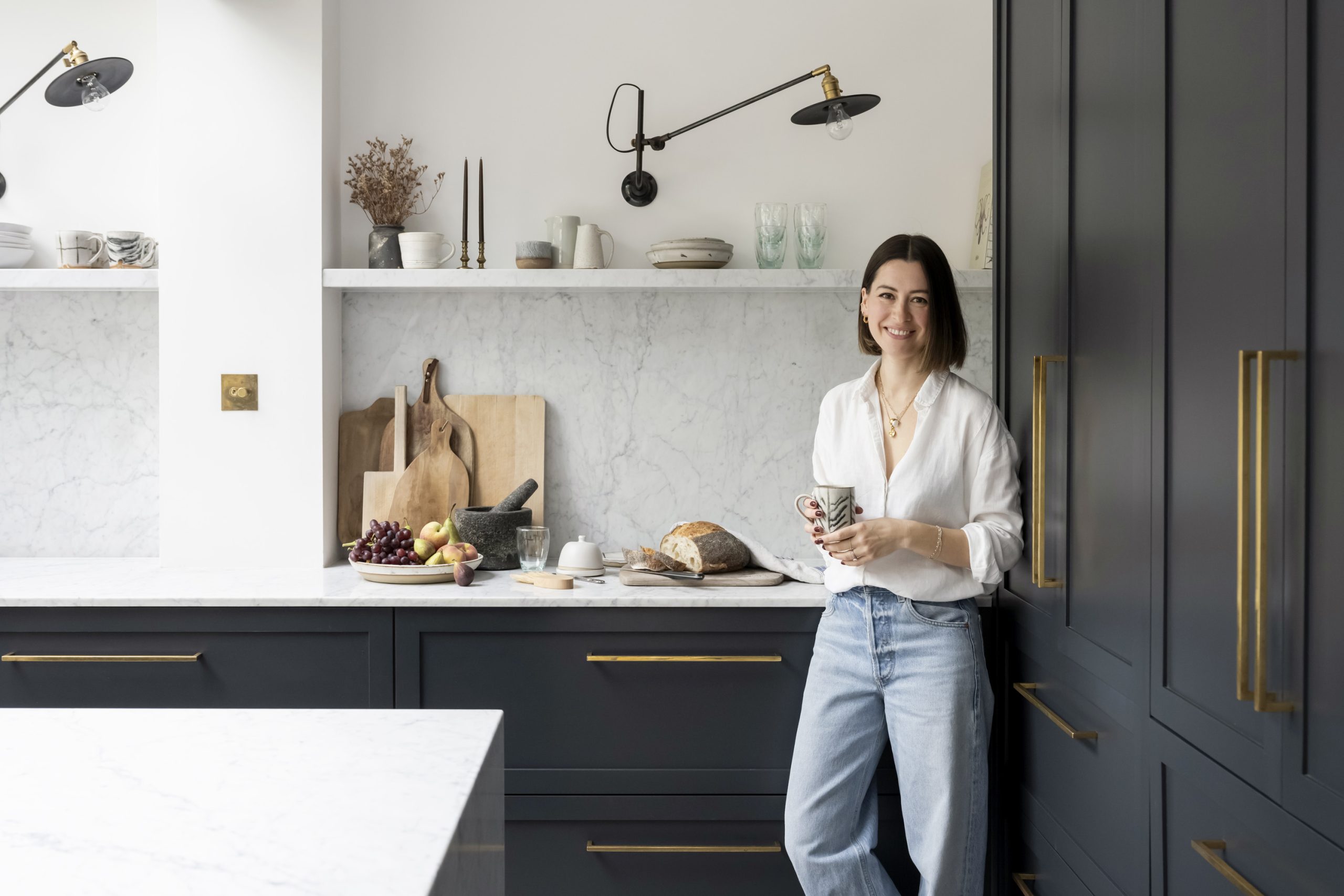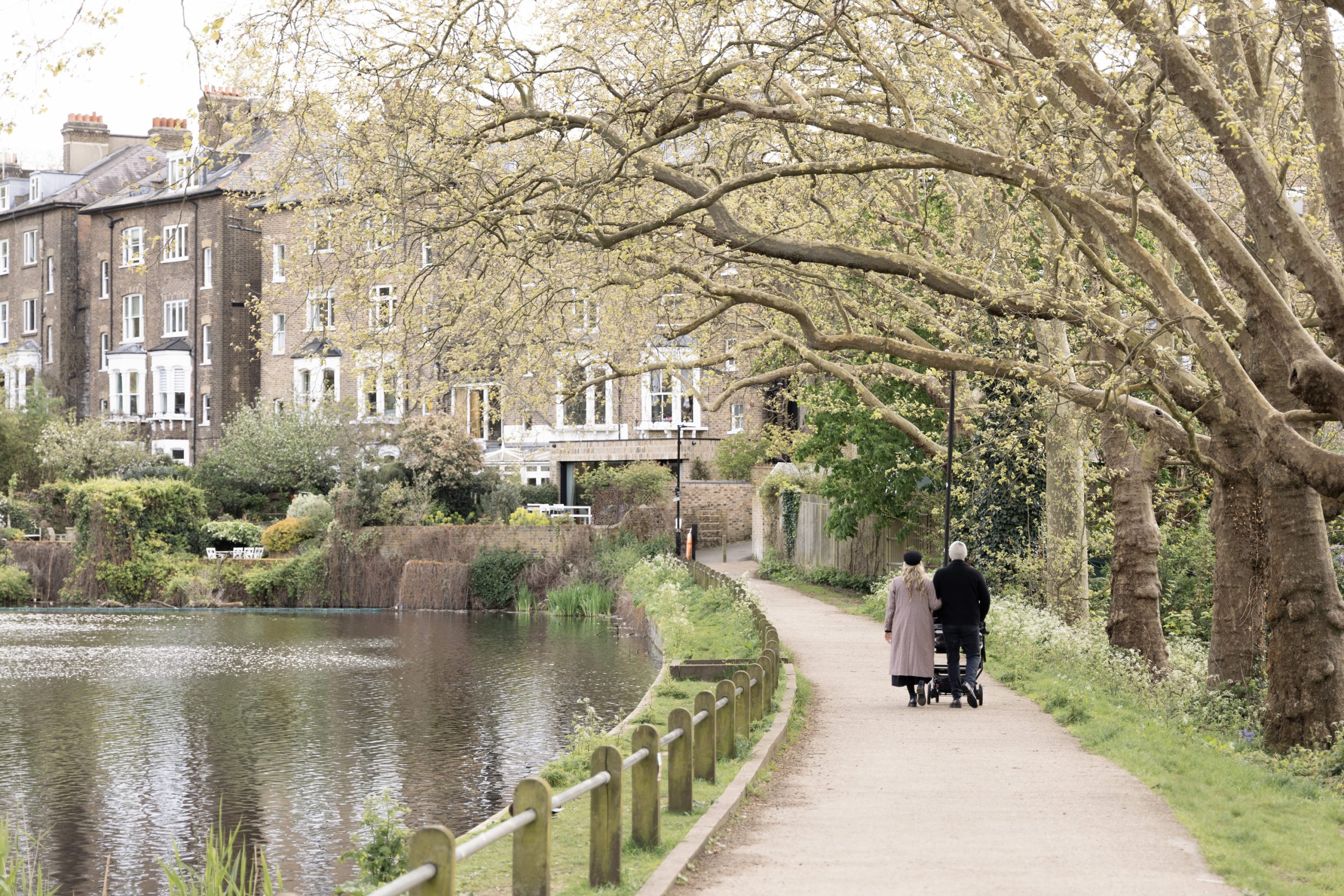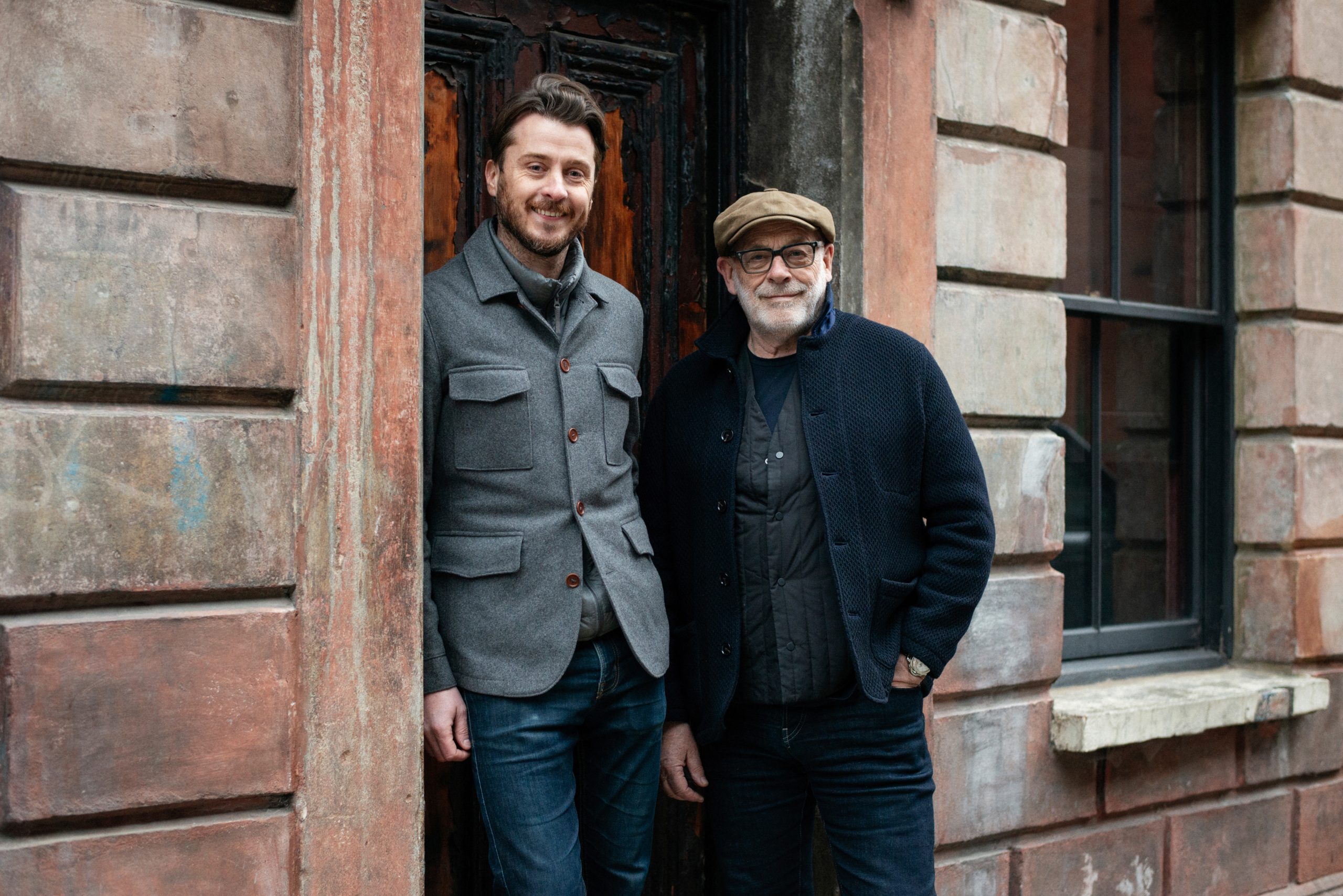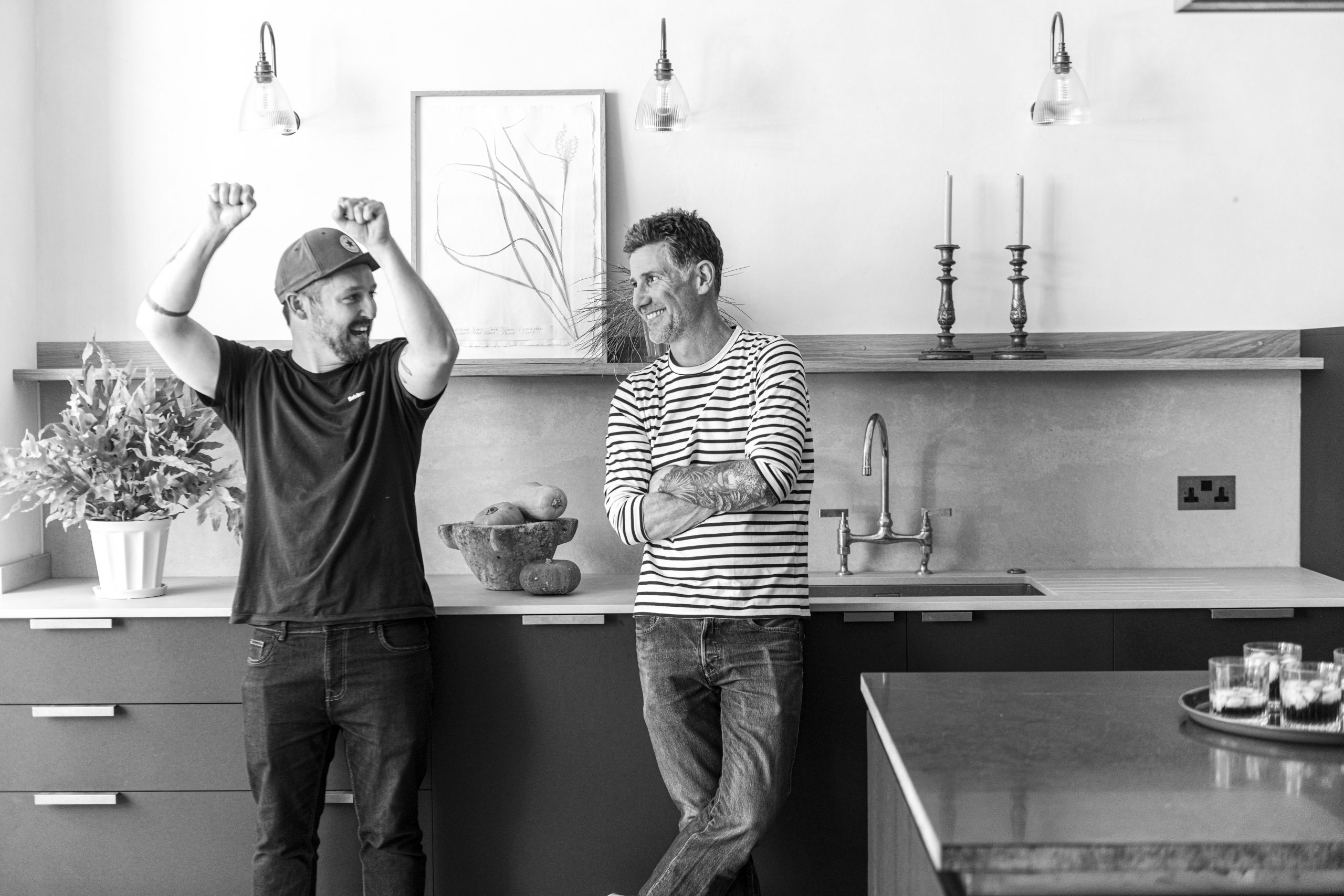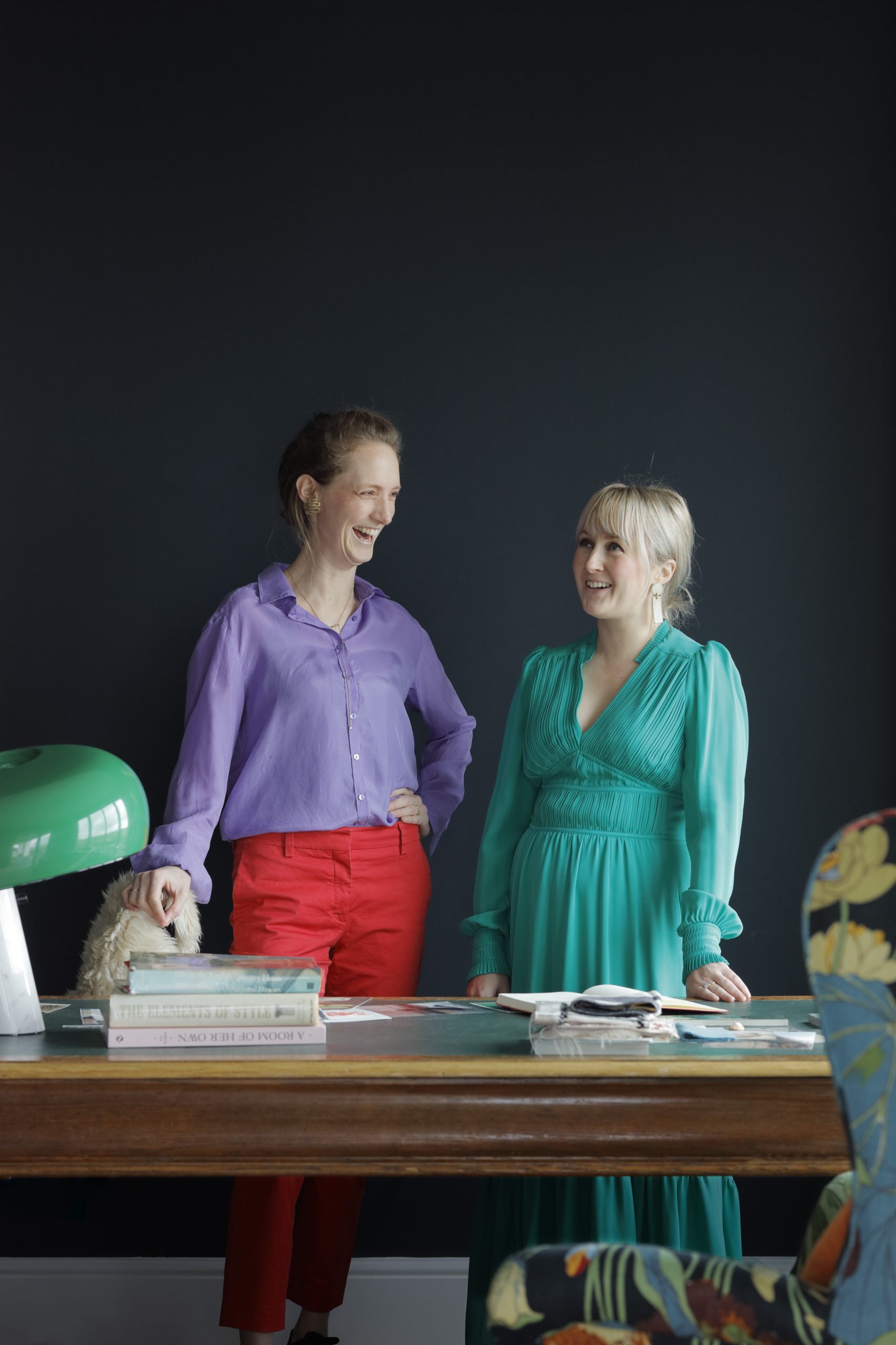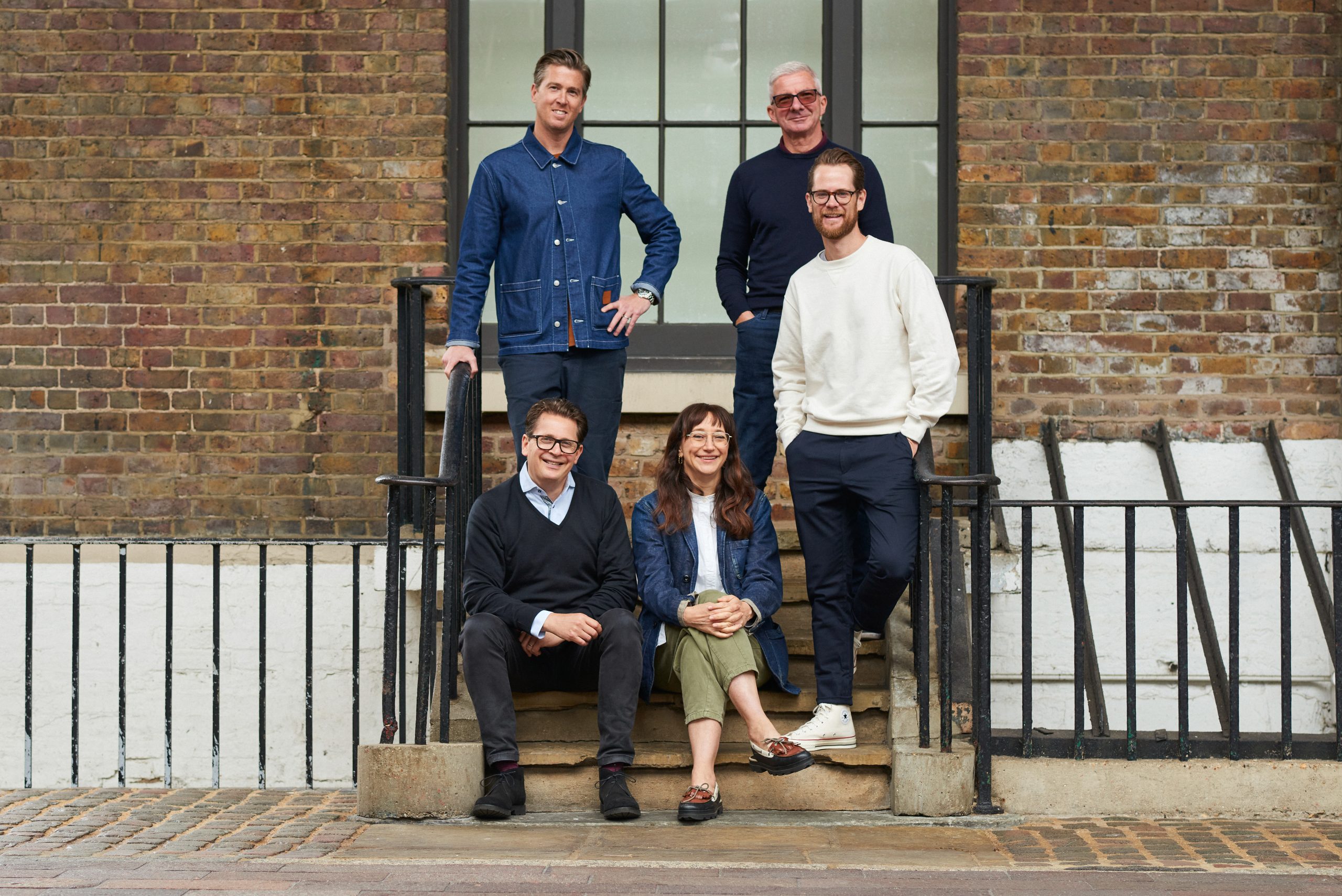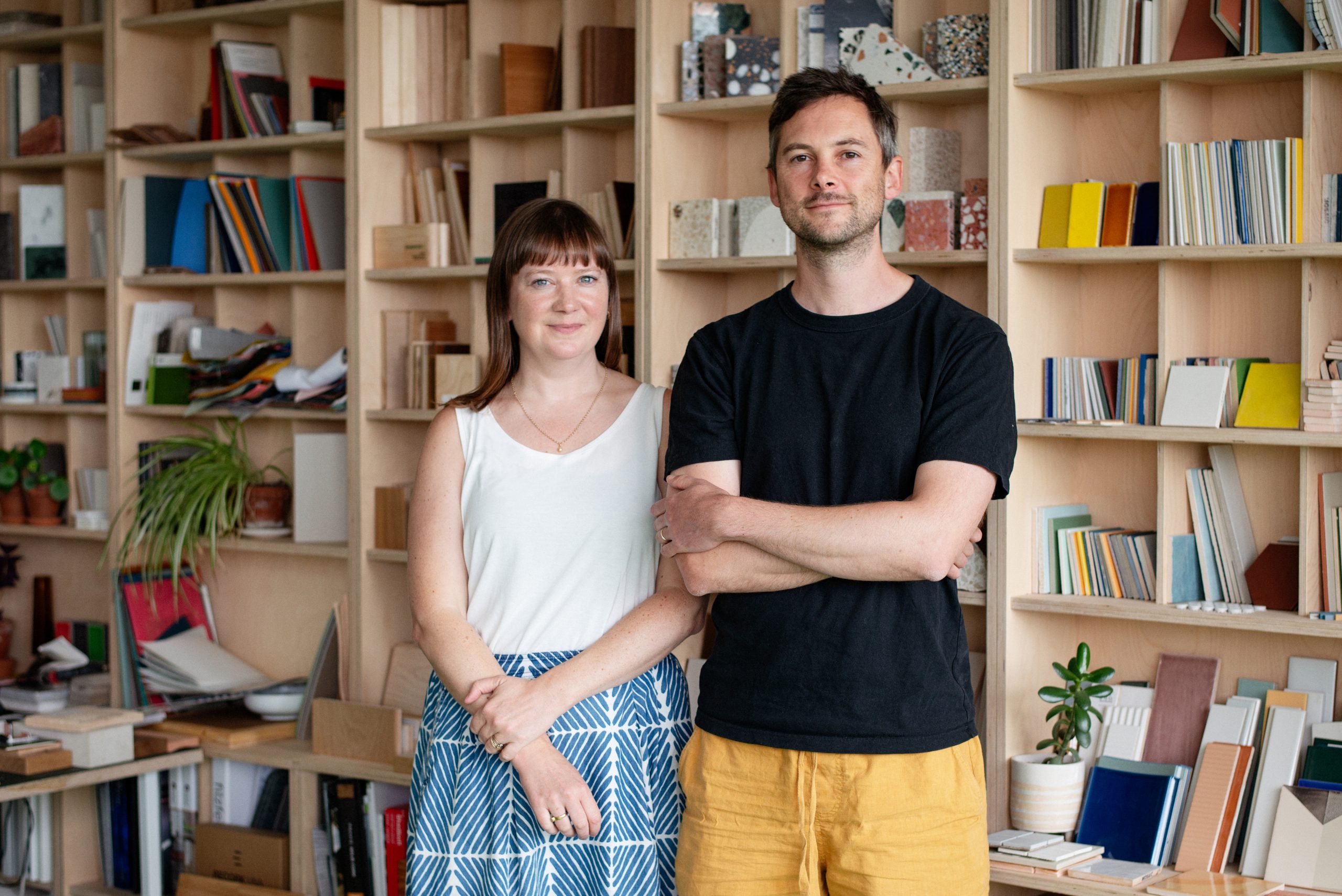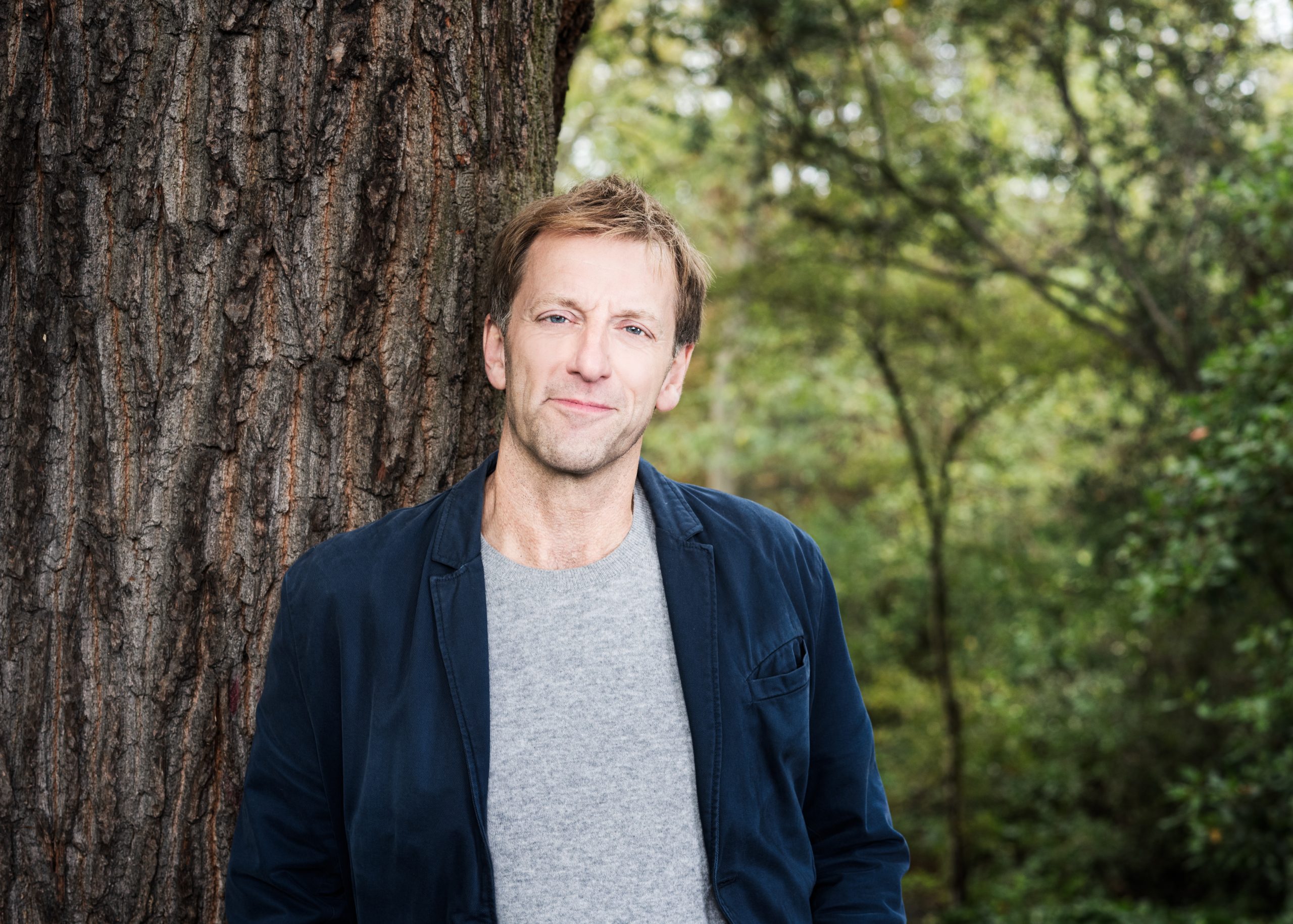Beauty is Golden
The idea of a mathematical formula for beauty existing in the natural world and being replicated in humankind’s most beautiful edifices has charmed people for centuries.
The Golden Ratio is one of the names used to describe a perfect proportion, sometimes used by architects and artists and found throughout the natural world. Recently, some commentators have taken the golden ratio as an evaluative formula with which to judge the beauty of buildings.
At Story of Home, we are drawn to the narratives and experiences behind beautiful things, not the formulas. And we question the notion that aesthetic appeal is a recipe that can be followed.
The Golden Ratio
The golden ratio – aka the golden section, the golden mean and, our favourite name for it, the divine proportion – refers to a rectangular proportion that seems to possess an intrinsic correctness; it pleases the eye, and is found within beautiful things in painting, sculpture, architecture, design and geometry.
In architectural terms, the golden ratio takes the form of the rectangle that can be divided up into a square and a rectangle that, when combined, establishes a ratio of 1:1.618.

Illustration of golden ratio. Fibonacci pattern.
Aesthetic Does Not Mean Formulaic
The current trend for articles that go looking for the golden ratio in famous buildings and judge their beauty in terms of a percentage adherence to divine proportion are flawed, both scientifically and spiritually. One such study identified St Paul’s Cathedral as the most beautiful building in the world, while not mentioning the Parthenon, which is filled with golden ratios.
Marina Bay Sands Hotel from Garden Bay at down. January 2017
If you stand and feast your eyes on the Santa Maria del Fiore – The Duomo – in Florence while someone tells you it is less beautiful than the Marina Bay Sands Hotel in Singapore according to the application of the golden ratio, you’ll agree that the golden ratio is being misused.
But it would be equally flawed to insist that Singapore’s landmark is less beautiful than Florence’s. Both are notable and people will be drawn to them or not, based on their own tastes. What we celebrate is that both buildings exist, and what interests us is the fact that both might owe their jaw-dropping designs, in part, to an appreciation of the golden ratio.
The Golden Ratio is about beauty not rules. The exquisite creations that possess it are not about the intersection of a curve within a rectangle but the meeting of visual aesthetics and the human mind.
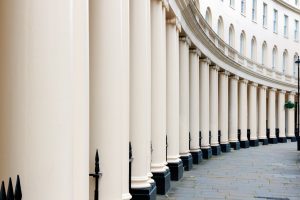
Stuccoed terraced houses forming a semicircle on Park Crescent, Regents Park, NW1
Why does one person look at a sweeping crescent of London townhouses and consider it perfect when another sees over-formality or high maintenance, while someone else dreams of a converted warehouse apartment and their best friend considers industrial buildings without the industry tragic?
Why does everyone stand at the exact same spot to photograph certain buildings, without prompting? Is it all down to a series of individual and instinctive responses forged by all the experiential data in each person’s mind? Is it science? Or is it, sometimes, a bit of both?
Natural History Museum, August 2015
Natural
What is truly mind-blowing about the golden ratio is its repeated patterns in nature. In his book, The Golden Section – Nature’s Greatest Secret (a book that is, appropriately, a short tome of exquisite proportion and design), Dr Scott Olsen identifies the existence of the golden ratio in bees, hurricane clouds, self-organising DNA nucleotides, leaf arrangement, stock market patterns, credit cards, bicycles, in Da Vinci’s The Annunciation, and throughout the bones and teeth of the human body.
This is astounding stuff – and many great architects and designers have been inspired and informed by it. Le Corbusier is one of many modern architects to use the golden ratio, including in the United Nation’s Headquarters in Manhattan. The Parthenon displays perfect golden ratio points but was built 100 years before the divine proportion was first ‘discovered’ by Euclid. Da Vinci’s writings contain no mention of the golden ratio, but his paintings are full of it.
St Paul’s Cathedral, London
Is every beautiful building in the world based on the golden ratio? No way. Is the golden ratio a good formula with which to judge the value or attractiveness of a building? We don’t think so, because we don’t believe there is any single building in the world everyone would agree is intrinsically or empirically beautiful.
But an understanding of the golden ratio offers up some awe-inspiring revelations about the natural and constructed world.
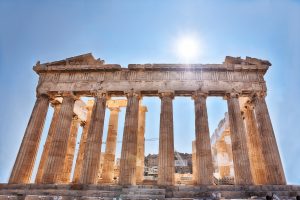
Ancient Parthenon in Acropolis, Athens, Greece
The Eye of the Beholder
Oat Errish Farm is a new build house in Devon of outstanding architectural merit. It appeared on Channel 4’s Grand Designs. The house is set into a wildflower meadow and designed in the spiral form of an ammonite fossil found in the meadow. This original inspiration for the architects has resulted in something memorable – stunning to us, possibly unappealing to others – but neither more or less worthwhile for adhering to the golden ratio.
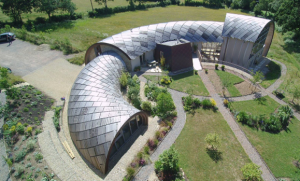
Oat Errish Farm, Devon, UK
What we love is that an understanding of the golden ratio in nature has led to significant human feats – architectural, artistic, visual and musical – and that work is produced that adheres unwittingly to the divine proportion, creations that are intrinsically pleasing to the eye and happen to possess pure golden ratio credentials.
The Royal National Theatre , London
When they were newly constructed, some people considered Regency Terraces too showy. By the beginning of the 20th century, Victorian houses were considered by many as crass, and fell out of favour for the next half-century before becoming something we love again. The National Theatre has slowly won the hearts of millions but was denigrated when it was built. The nearby Hayward Gallery, while being one of the shining lights of British art scene, was wonderfully described by Eddy Frankel as “designed specifically to piss off my mum”. Norman Foster’s Gherkin was ridiculed at design phase and lauded on completion. Perhaps one day, 20 Fenchurch Street, described by the Victorian Society as “probably the ugliest building in London” – and better known as The Walkie-Talkie – will be universally loved and admired.
Magic
In the same way that we want to know what makes the mind of a genius tick, or to understand how elite athletes push themselves to unimaginable levels of strength and endurance, so too are we fascinated by insights into how creators and inventors produce ideas and work. That is the lure of the golden ratio.
We are all looking for magic in the world around us, offerings that connect us to something bigger yet weightless, thoughts and objects of beauty to escape to and through. It’s why we need parks in our cities. It’s why we want natural light in our homes.
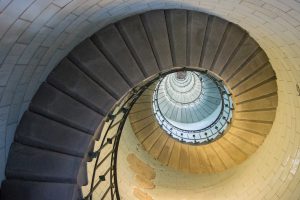
Golden Spiral Staircase
Anything that suggests a mystery at work in and around us is fascinating. The revelation that a proportion, a number, exists both in our DNA and in the heart of nature and in some of the most stunning buildings, art works and practical objects in the world, throughout history, since before that proportion was identified, is itself exquisite.
So, let’s not spoil it by over-thinking it or turning it into a tool that tells us what is and isn’t beautiful. That’s still up to us.

